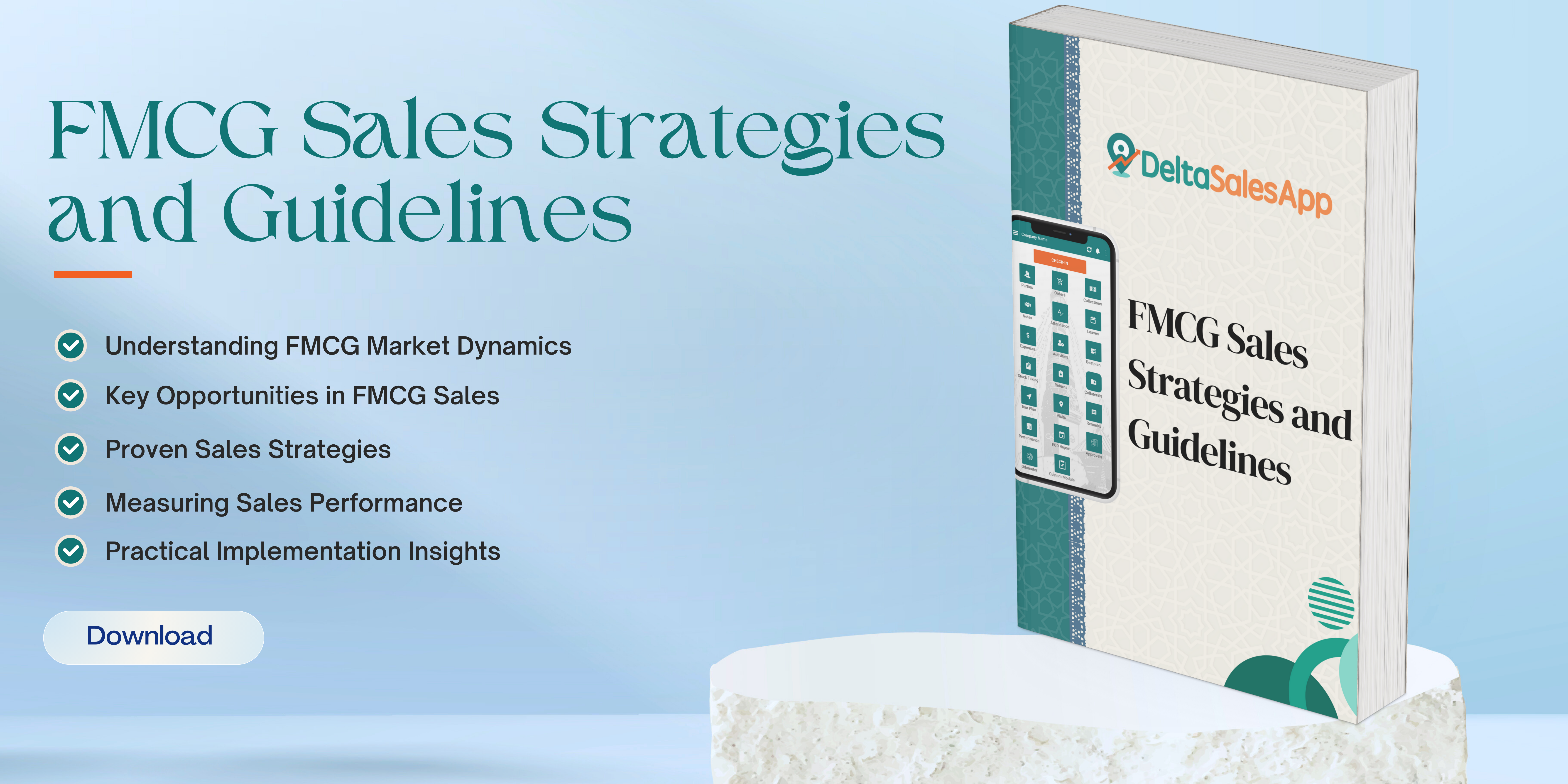Trade Promotion
What is Trade Promotion?
Trade promotion is a marketing strategy used by manufacturers and retailers to increase product demand and sales.
It involves short-term incentives such as discounts, special offers, and in-store displays to encourage consumers to purchase products. Trade promotions are particularly effective in competitive markets, where businesses strive to gain market share and strengthen brand loyalty.
Types of Trade Promotions
Discounts & Allowances – Offering price reductions to retailers or wholesalers to push sales.
Coupons & Rebates – Providing customers with incentives to purchase products.
Display & Merchandising – Special shelf placements, end-cap displays, and in-store promotions.
Trade Shows & Exhibitions – Events where businesses showcase products and network with buyers.
Sampling & Demonstrations – Allowing consumers to try products before purchase.
Loyalty & Incentive Programs – Rewards for bulk purchases or repeat orders.
Cooperative Advertising – Sharing advertising costs between manufacturers and retailers.
Key Strategies for Trade Promotion
Discounts and Rebates: Offering price reductions, cashback deals, or rebates helps attract cost-sensitive customers and boosts short-term sales.
In-Store Displays and Demonstrations: Eye-catching promotional displays and live product demonstrations enhance customer engagement and influence purchasing decisions.
Buy-One-Get-One (BOGO) Offers: These promotions encourage bulk purchases, increase sales volume, and enhance customer satisfaction.
Coupons and Vouchers: Providing discount coupons, either digitally or physically, can drive customer traffic and encourage repeat purchases.
Loyalty Programs: Rewarding repeat customers with points, discounts, or exclusive deals strengthens brand loyalty and encourages continuous patronage.
Trade Allowances: Manufacturers offer financial incentives to retailers, such as slotting fees or cooperative advertising allowances, to secure better shelf positioning and promotional efforts.
Seasonal and Festival Promotions: Aligning trade promotions with holidays, festivals, or seasonal trends enhances product visibility and boosts sales.
Benefits of Trade Promotion
Increased Sales Volume: Well-planned promotions create urgency among customers, leading to a surge in product demand.
Brand Awareness and Visibility: Promotions expose brands to a wider audience, helping to establish strong market presence.
Customer Acquisition and Retention: Trade promotions attract new customers while fostering loyalty among existing ones through rewarding programs.
Competitive Advantage: Businesses that frequently run effective promotions can stay ahead of competitors and maintain a dominant position in the market.
Clearing Excess Inventory: Promotions help clear out slow-moving or surplus stock, reducing storage costs and minimizing losses.
Strengthened Retailer Relationships: By offering financial incentives and marketing support, manufacturers can build strong partnerships with retailers, ensuring better shelf placement and promotional support.
Challenges of Trade Promotion
High Costs: Implementing trade promotions requires significant investment in marketing, advertising, and retailer incentives.
Short-Term Impact: While promotions boost sales temporarily, long-term customer retention depends on product quality and brand reputation.
Profit Margin Reduction: Frequent discounts and offers may erode profit margins if not carefully planned and executed.
Consumer Dependence on Discounts: Regular promotions can create a perception that products are only worth purchasing at discounted prices, making it harder to sell at regular prices.
Retailer Compliance Issues: Some retailers may not fully support promotional efforts, leading to ineffective execution and lower-than-expected results.
Conclusion
Trade promotion is a crucial tool for businesses to drive sales, increase brand visibility, and build strong customer relationships. While it comes with challenges, strategic planning and execution can ensure long-term benefits. Businesses should balance promotional activities with overall marketing strategies to maximize profitability and maintain a competitive edge in the market.






